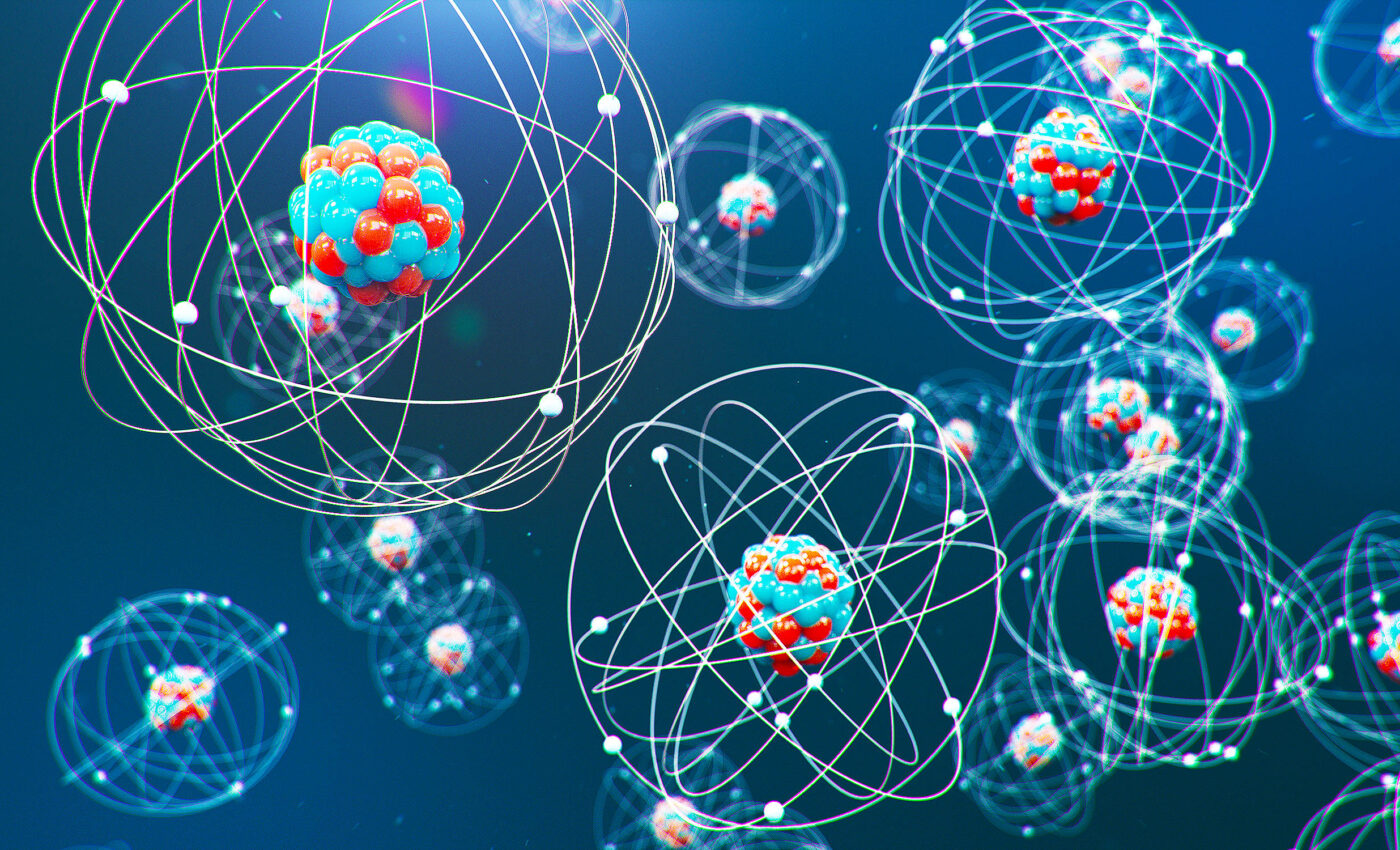
Molecules scramble quantum information as well as black holes
Researchers have discovered that molecules can be as formidable at scrambling quantum information as black holes. This surprising finding challenges the conventional wisdom that black holes are nature’s ultimate information scramblers.
How molecules scramble quantum information
Peter Wolynes, a theorist from Rice University, along with collaborators at the University of Illinois Urbana-Champaign, have shown that quantum information scrambling takes place in chemical reactions and can nearly reach the same quantum mechanical limit as it does in black holes.
The research, published online in the Proceedings of the National Academy of Sciences, combines mathematical tools from black hole physics and chemical physics to shed light on this phenomenon.
“This study addresses a long-standing problem in chemical physics, which has to do with the question of how fast quantum information gets scrambled in molecules. When people think about a reaction where two molecules come together, they think the atoms only perform a single motion where a bond is made or a bond is broken,” Wolynes said.
“But from the quantum mechanical point of view, even a very small molecule is a very complicated system. Much like the orbits in the solar system, a molecule has a huge number of possible styles of motion ⎯ things we call quantum states. When a chemical reaction takes place, quantum information about the quantum states of the reactants becomes scrambled, and we want to know how information scrambling affects the reaction rate,” he explained further.
Black hole connection: Borrowing from astrophysics
To better understand how quantum information is scrambled in chemical reactions, the scientists borrowed a mathematical tool typically used in black hole physics known as out-of-time-order correlators, or OTOCs.
“OTOCs were actually invented in a very different context about 55 years ago, when they were used to look at how electrons in superconductors are affected by disturbances from an impurity,” Wolynes said. “They’re a very specialized object that is used in the theory of superconductivity. They were next used by physicists in the 1990s studying black holes and string theory.”
OTOCs measure how much tweaking one part of a quantum system at some instant in time will affect the motions of the other parts ⎯ providing insight into how quickly and effectively information can spread throughout the molecule.
They are the quantum analog of Lyapunov exponents, which measure unpredictability in classical chaotic systems.
Scrambling quantum molecules and chemicals
Martin Gruebele, a chemist at Illinois Urbana-Champaign and co-author on the study, explains the significance of this research for chemists.
“Chemists are very conflicted about scrambling in chemical reactions, because scrambling is necessary to get to the reaction goal, but it also messes up your control over the reaction,” Gruebele explained.
“Understanding under what circumstances molecules scramble information and under what circumstances they don’t potentially gives us a handle on actually being able to control the reactions better. Knowing OTOCs basically allows us to set limits on when this information is really disappearing out of our control and conversely when we could still harness it to have controlled outcomes,” he concluded.
Quantum tunneling and information scrambling
The calculation of OTOCs showed that chemical reactions with a low activation energy at low temperatures where tunneling dominates can scramble information at nearly the quantum limit, like a black hole.
In classical mechanics, a particle must have enough energy to overcome an energy barrier for a reaction to occur. However, in quantum mechanics, there’s the possibility that particles can “tunnel” through this barrier even if they don’t possess sufficient energy.
Nancy Makri, also a chemist at Illinois Urbana-Champaign, used path integral methods she has developed to study what happens when the simple chemical reaction model is embedded in a larger system, which could be a large molecule’s own vibrations or a solvent, and tends to suppress chaotic motion.
“In a separate study, we found that large environments tend to make things more regular and suppress the effects that we’re talking about,” Makri said. “So we calculated the OTOC for a tunneling system interacting with a large environment, and what we saw was that the scrambling was quenched ⎯ a big change in the behavior.”
From quantum computing to advanced materials
One area of practical application for the research findings is to place limits on how tunneling systems can be used to build qubits for quantum computers.
One needs to minimize information scrambling between interacting tunneling systems to improve the reliability of quantum computers. The research could also be relevant for light-driven reactions and advanced materials design.
“There’s potential for extending these ideas to processes where you wouldn’t just be tunneling in one particular reaction, but where you’d have multiple tunneling steps, because that’s what’s involved in, for example, electron conduction in a lot of the new soft quantum materials like perovskites that are being used to make solar cells and things like that,” Gruebele said.
Quantum leap in chemistry foreshadows a bright future
In summary, this important study has opened up new avenues for understanding and controlling chemical reactions at the quantum level.
By borrowing tools from black hole physics, these brilliant scientists have gained unprecedented insights into how quantum information is scrambled in molecules, potentially paving the way for more efficient and reliable quantum computing and advanced materials design.
This quantum leap forward in chemistry deepens our understanding of the fundamental workings of the universe and promises to revolutionize a wide range of practical applications, from solar cells to quantum computers.
As scientists continue to explore this new frontier, we can expect to see even more exciting developments in the years to come.
The full study was published in the journal Proceedings of the National Academy of Sciences.
—–
Like what you read? Subscribe to our newsletter for engaging articles, exclusive content, and the latest updates.
Check us out on EarthSnap, a free app brought to you by Eric Ralls and Earth.com.
—–












